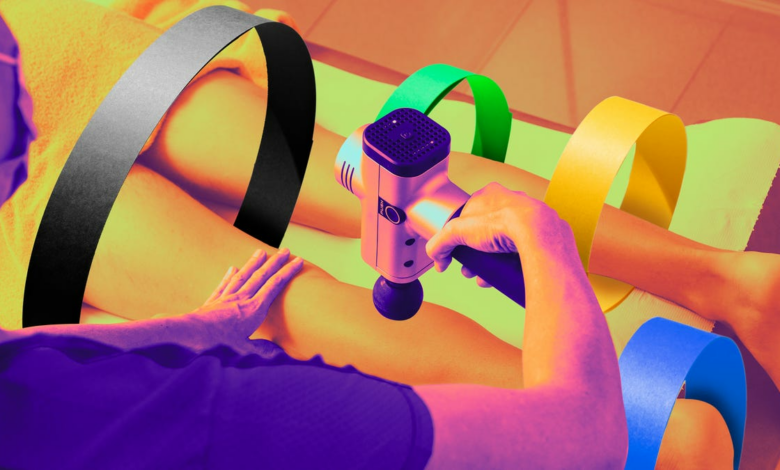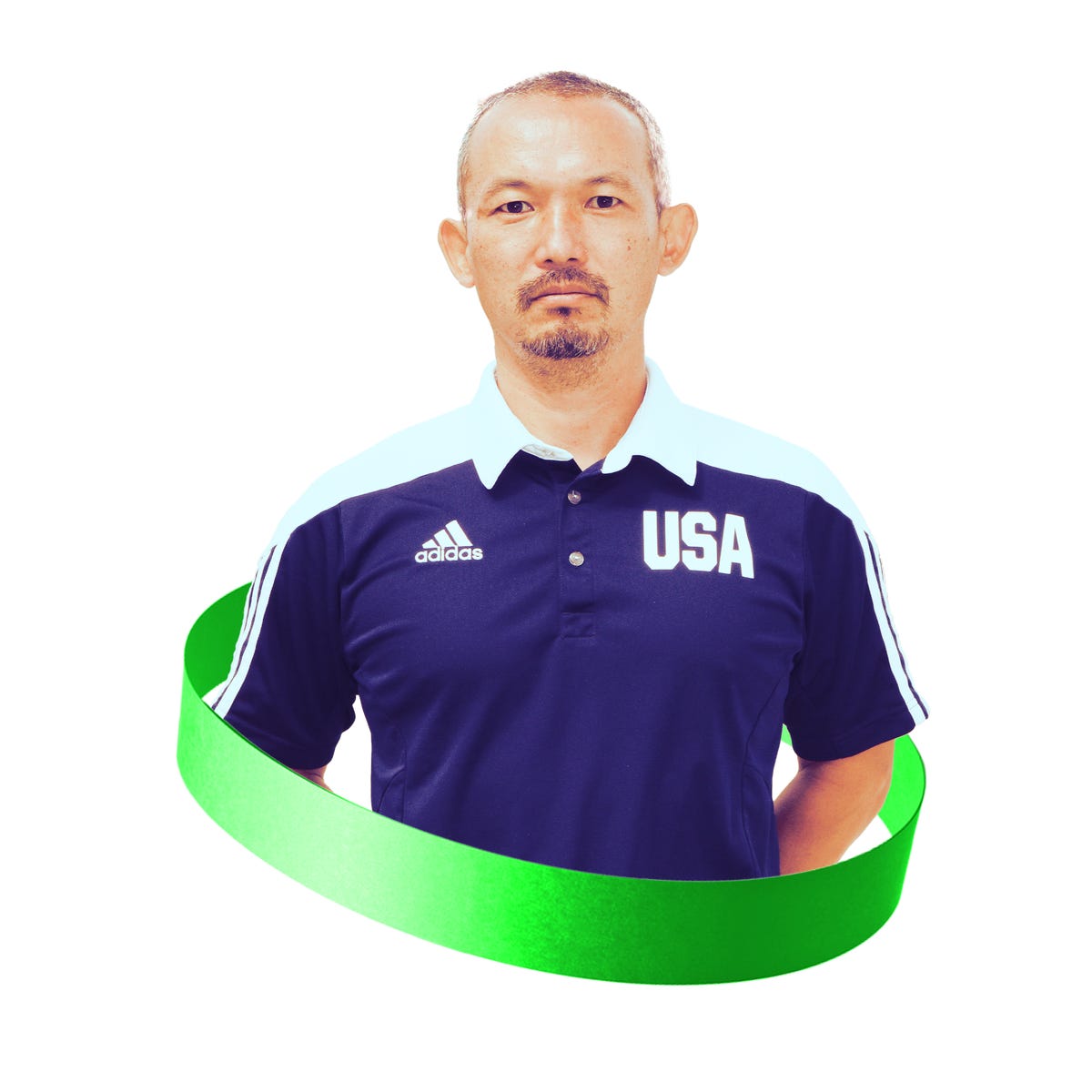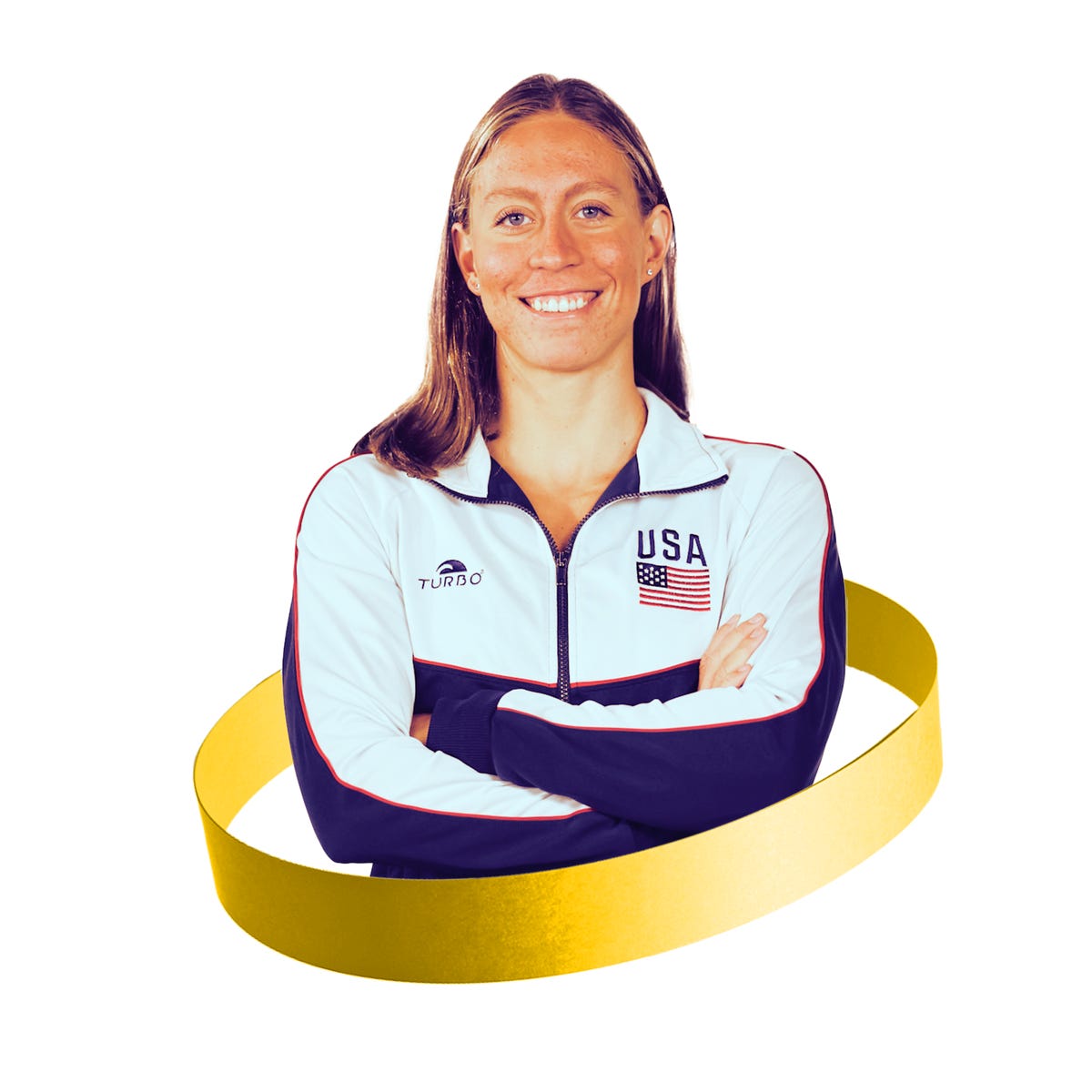What It’s Like to Recover Like an Olympic Champ




Olympic athletes are known to train for hours at a time to be the best at their sport. The athletes competing in the 2024 Paris Olympics are giving it their all in hopes that they’ll come home with a gold medal. All that work can lead to burnout, which is why recovery is equally important as the training they put in. Luckily, these Olympians have coaches and a whole team who can best guide them through this process. They keep them on track and help them prioritize the steps they need to be alert, in the right headspace and well rested before a competition.
So, what does it look like to recover like an Olympian? Are you up to the challenge? We connected with some of the coaches and experts who work alongside these talented pros and one of the athletes to learn the methods they use to recover and perform their ultimate best.
What recovery looks like for an Olympic athlete
Just like the average fitness enthusiast has to plan out rest days around their workouts, Olympians have to prioritize them as well. The difference is they have to be extra regimented with their recovery process because they put their bodies through so much on a daily basis and still have to perform like they are fresh during a competition. Nutrition is also a key component of this aspect. CNET spoke to a couple of sports dietitians who work with Olympians, and we learned that their diets are catered to their sport and the individual athlete. Satoshi Ochi, the director of strength and conditioning at the United States Tennis Association Player Development Training Centers says, “Nutrition is crucial for athletes to see positive training outcomes.” The same applies to their recovery strategies.
Ochi explains that rest and recovery days are one of the first things that are built into the athlete’s periodization plan after they establish competition days. A periodization plan is a balanced program that has multiple phases with different training loads to keep the athlete conditioned and appropriately rested and to prevent overtraining. Because athletes train hard and push their bodies and minds to the limit, rest is important. Recovery begins as soon as they cool down during training. “Recovery starts with a proper cool-down and replenishment of fluids and nutrition immediately after matches or games,” says Ochi.
Additional recovery modalities are based on individual athlete needs and preferences. Ochi warns that athletes and coaches should be mindful of certain modalities that may be counterproductive to recovery, like excessive ice baths or deep tissue massages for the first time at a competition. This same principle is recommended to returning athletes who have been injured or have taken time off.
“Athletes need proper rest to perform their best and avoid excessive fatigue or overtraining,” Ochi says. For returning or injured athletes, they may have more recovery days as they rebuild their workload, and their workouts and nutrition may be modified until they are conditioned to take on a fuller schedule.
Jaime Czarkowski, an artistic swimmer and duet competitor (when a swimmer and their partner synchronize in time to the music), explains that recovery is crucial for her and her artistic swimming teammates. She trains six days a week for nearly nine hours a day, with one day off, and she points out that recovery is more than just a rest day. She uses different tools to recover every night after practice and on her days off. “For example, we utilize the sauna and ice bath at our gym, we use Normatec compression boots to reduce lactic acid, we do lots of stretching and use a roller to loosen our muscles each night before sleeping and also incorporate massages and physical therapy treatment as often as possible,” she explains. All of these strategies set them up for success so they feel their best in training and at a competition.
Kyle Meadows, a speed and performance coach who also consults with Technogym, is working with the USA Track and Field team during the 2024 Paris Olympics track and says his athletes have a similar strategy to Czarkowski and her teammates. His athletes take rest days, usually on the weekend, and they take recovery as seriously as they take their training. “We utilize ice baths, Normatec-type recovery boots and pants. Massage therapy is also an important recovery step, as well as the usage of massage guns,” Meadows explains. Additionally, they use Game Ready units and body heat reduction systems to assist in athlete recovery.
How coaches work with Olympic athletes
Most coaches have already worked with other athletes in some capacity prior to coaching an Olympian or a team. Ochi says that even though the general training principles are similar for everyone — regardless if they’re an athlete — there are some differences. “The goals of athletes are often more specific and performance-oriented, and they typically have more time to dedicate to training as it is their primary job,” Ochi explains. Additionally, since this is their livelihood, athletes often have better access to equipment and resources, such as high-performance training facilities and coaches.
Ochi has worked with high-performance tennis athletes at USTA Player Development Training Centers for the past 16 years. So he knows a thing or two about working with one or multiple athletes at a time. During the Tokyo Games in 2021, he held both group and individual sessions. “Team USA Tennis had a small team of 11 athletes, and I was able to manage the entire group for some general preparation sessions,” Ochi explains. To accommodate this, he had to work with the athletes’ schedules and grouped or paired them based on their match schedules to make sure they received the necessary preparation and support.
Meadows says the USA Track and Field team he’s working with all train simultaneously. His specialty is speed development for ballistic athletes. The team consists of sprinters, with 400 meters being the longest distance they support. “During the Olympics, the majority of training has been completed, and now we’re focusing on fine-tuning and honing technical aspects of our performance,” Meadows explains.

Satoshi Ochi is the director of strength and conditioning at the United States Tennis Association Player Development Training Centers.
Team USA Artistic Swimming Head Coach Andrea Fuentes takes a different approach for her team of eight athletes and an alternate. “I coach them all together and never separately, but the mental coaching is different though,” she explains, adding, “Every athlete needs to be coached in a way that connects to their core values.”
What a training plan looks like for an Olympic athlete
To create a training plan for an athlete, there are a few factors the coach needs to consider first. This includes the individual athlete’s needs and preferences, the timing of the year, sport-specific demands, competition schedule, recovery time, the athlete’s current fitness level and injury history. Ochi explains that workout duration can vary from 30 minutes to a couple of hours, depending on the athlete’s individual needs and the specific training session. “Then the training frequency typically ranges from five to six days per week, with one or two days of rest and recovery,” he says. Since he specializes in tennis, he shared this example of a strength training session as preparation for a tournament for a high-performance, experienced athlete.
Warm-up: Mobility and movement prep, dynamic stretches and light cardio.
Lifting: Consists of six to eight different exercises that focus on three to four major muscle group exercises — such as squat, deadlift and bench press — with three to four sets of three to six repetitions. Three to four small assistant muscle group exercises — such as bicep curls, tricep extensions and hamstring curls — with two to three sets of six to 12 repetitions.
Some of the major muscle group exercises could be performed with plyometric exercises, such as bench press followed by three to six repetitions of medicine ball throws or squats followed by three to six repetitions of box jumps.
Cool-down: Light cardio and static stretches.
Ochi also takes into consideration if an athlete has been injured. “When an athlete has had a prior injury, my coaching approach changes and I will increase my communication with every support staff — such as technical coaches and medical, mental and nutrition staff — to ensure that the athlete is receiving a holistic and coordinated approach to their recovery and return to play,” he explains.
Then, Ochi works with the staff to develop a well-calculated plan that gradually increases the athlete’s training load and intensity to help their recovery. He also makes sure to add rehab exercises and drills into the athlete’s program to help them regain strength, flexibility and range of motion in the injured area. Once the plan is in motion, he monitors the athlete’s progress, making adjustments as needed to ensure they are making steady and safe progress.
Fuentes’ focus is on artistic swimming, and she says they all work out together since it’s a team sport. These professional swimmers work out from eight to nine hours a day for six days a week. “We do land workouts before for one to two hours that include strength and conditioning, flexibility and core specifics,” she explains. Then, finally, they hop in the water and work on choreography and acrobatics.

USA Artistic Swimming Head Coach Andrea Fuentes, works with a team of eight swimmers.
Speed and Performance Coach Meadows says his method involves a three-day rotation in the weight room where multiple stations are set up. From there, the athletes rotate two to three times based on the day’s expectations. Since Meadows works closely with Technogym, the Technogym Skillmill is their most valuable piece of equipment for speed and development.
Meadows says, “We like [the Skillmill] for its ability to mimic initiation of motion and acceleration as in a 100-meter event, while simultaneously reducing trauma on the body and subsequently mitigating risk.” Meadows relies on data a lot, which is where Technogym’s equipment is helpful to him. The equipment “allows us to gather baseline data, which is imperative in creating checks and balances for the athletes as well as the coaches,” he says. This information allows him to measure each workout comparatively to the baseline so he can make appropriate changes for his athletes.
The importance of sleep in athlete recovery
Another important aspect of recovery that shouldn’t be overlooked is sleep. Lindsay Golich, the senior sports physiologist at the United States Olympic and Paralympic Committee, says, “Olympians and elite athletes typically need more sleep than the average person due to the physical and mental demands of their training and competition schedules.” This means that while the rest of us should aim for eight hours a night, they should aim for eight to 10 hours of sleep per night to ensure optimal recovery, performance and overall health.
When athletes are training more intensely, more sleep may be required. Golich points out that during this time, athletes might aim for nine to 10 hours of sleep to facilitate muscle recovery, mental focus and overall performance. When they’re competing, it’s even more essential that they have a consistent sleep schedule. “Athletes might still aim for eight to 10 hours of sleep, but the focus shifts slightly more toward ensuring quality sleep and minimizing disruptions,” she explains. Some athletes may also take naps throughout the day to boost alertness and recovery.
According to Golich, an athlete’s increased needs for sleep and rest may be influenced by a variety of factors:
- An athlete’s unique physiology and personal needs
- More intense and prolonged training sessions
- Competition travel as jet lag can affect sleep
- The mental demands of competition
How we can apply Olympian recovery tips to our lives
Most of us probably aim to get at least eight hours of sleep (if we’re lucky) and also try our best to live healthy lives. Olympians take things up a notch, and we can learn a thing or two from them. Czarkowski advises adding some form of recovery after every workout. “This includes both fueling with the proper nutrition as well as taking time to stretch your muscles so they can repair and be more ready to take on another workout,” she says. If you have the means to work with a dietitian, she recommends going this route to ensure that you are optimizing your nutrition and getting the most out of every workout that you do. Other ways you can recover like an Olympic athlete is by creating habits that help repair your muscles post-workout, such as stretching or getting a massage.

Jaime Czarkowski is an Olympic swimmer who shares her strategies to recovery.
Ochi and Golich both vouch for sleep being an important factor for recovery and say that you should prioritize it as well. Golich says if you have a hard time sleeping, some tips you can follow to improve it include sleeping in a quiet and dark environment, maintaining a consistent bedtime routine, limiting caffeine and electronic usage before bed and practicing relaxation techniques to enhance sleep quality. If you can, sneak in naps throughout the day, especially if you are doing high-intensity training.
Finally, another aspect of recovery that shouldn’t be neglected is your mental health. As an athlete, Czarkowski knows about the importance of clearing her mind to perform her best. “Mental recovery looks different for everyone but might include things like meditating, practicing mindfulness, social time with family and friends, journaling, going on walks or doing little things that bring you joy and peace,” she says.
No matter what that mental health relief is for you, don’t forget to prioritize it. The same way you rely on massages, ice baths or saunas to give your body some relief after a tough workout, you should also focus on giving your mind a little TLC.




